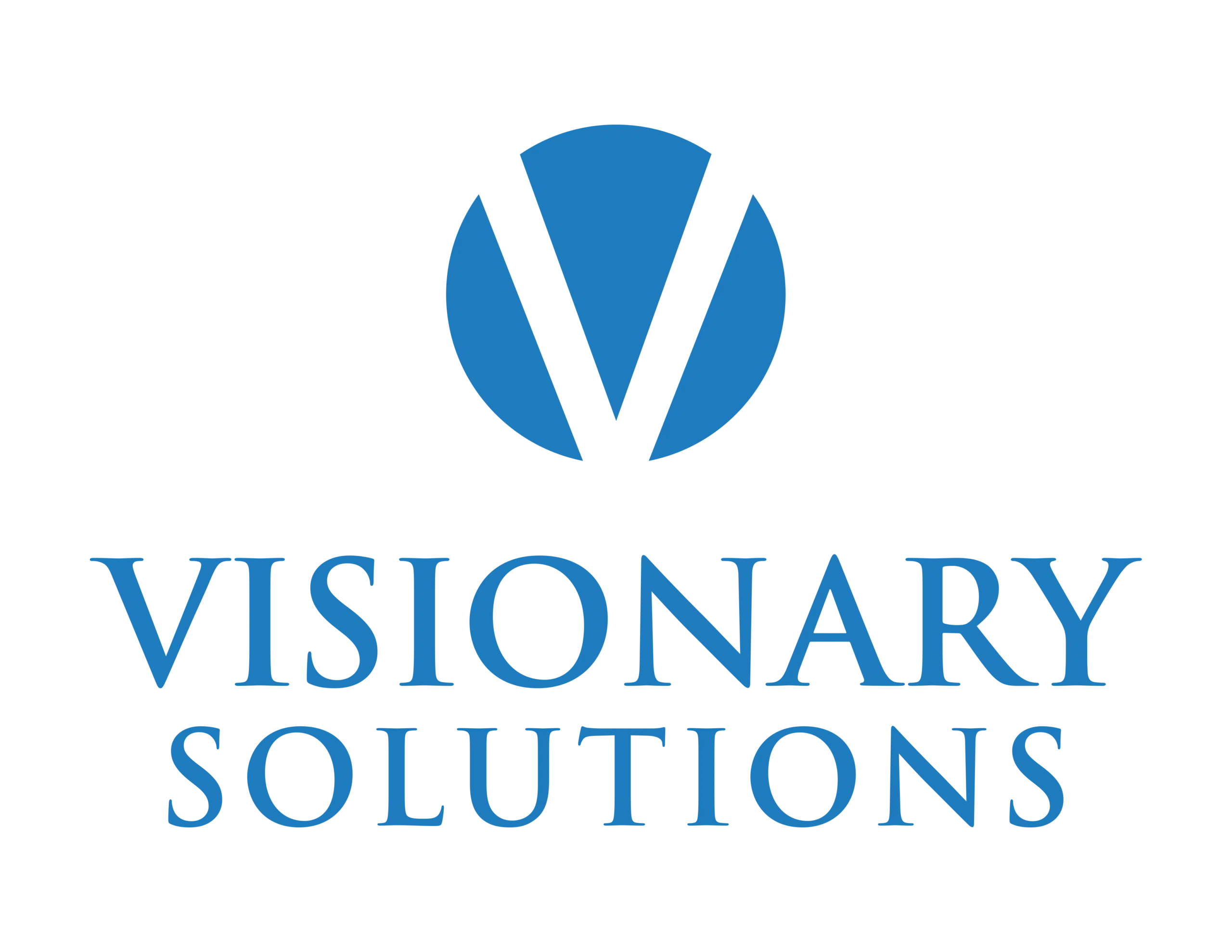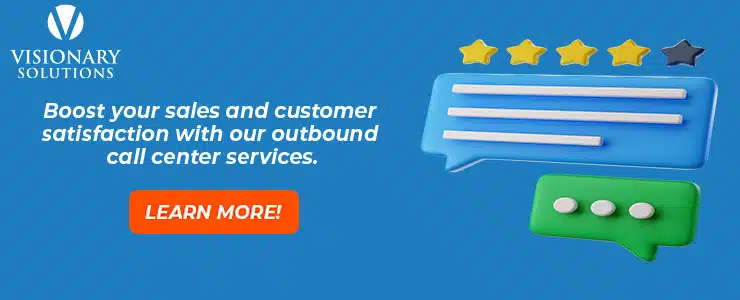Today, many companies have moved away from traditional in-person customer service. Due to a range of factors, including scheduling and travel restrictions, this model is no longer optimal for certain tasks. And when working with customers via phone, there is another price tag to consider: outbound call center fees. These fees differ depending on the company and the nature of the service being provided.
You may have never thought about using one of these before but they’re great for certain businesses. So how much does an outbound call center cost? And are they worth the investment? We will provide all the answers in this article.
What Are Outbound Call Centers Used For?
An outbound call center is a type of call center that makes outgoing calls to customers on behalf of a client. They serve a variety of purposes, such as telemarketing, customer service, and market research.
Outbound call centers typically use auto-dialers to make calls, which means that a computer system automatically dials phone numbers from a list. Once the call is connected, the call center agent speaks to the customer, whether an existing or a potential one.
The purpose of the call varies depending on the call center or the service asked for by the client company. For example, a telemarketing call center will try to sell products or services, while a customer service call center will provide support or assistance.
Outbound call centers can be very successful if they are able to reach the right customers and provide them with what they need or want. However, targeting the wrong audience will result in a huge waste of time and money. As there are some people who dislike receiving unwanted calls and judge such services as unnecessary or annoying.
The Benefits of Using Outbound Services
Outbound services are usually used to supplement other marketing efforts, such as print or online advertising. They offer a variety of benefits, including the ability to reach a larger audience and target specific demographics, tracking results, and providing valuable insights into customer behavior.
An outbound call center can be a great investment for your business if outsourced to the right company. By outsourcing your customer service and sales calls to a call center, you can free up your own staff to focus on other tasks. In addition, outbound call centers are proven to increase sales, generate leads, and improve customer satisfaction.
Outbound Call Center Pricing Guide
Now that you’re convinced of outbound services being a profitable investment, it’s time to calculate the center outsourcing costs and decide on which billing method is the most suitable for your needs and budget.
There are a few different ways that outbound call centers can price their services. The most common include:
-
-
Flat Rate
-
This type of center pricing structure allows businesses to know exactly how much they will be paying for the service each month, making budgeting and forecasting much easier. A flat rate typically provides a lower overall cost than pay-per-minute and the other types of pricing methods, making it a more cost-effective option for businesses.
-
-
Hourly Rate
-
The hourly-rate method used by outbound call centers is a great way to ensure that you are only paying for the time that your outbound call center agents are actually on the phone. This method of billing ensures that you are not paying for any downtime, which can often happen in a call center environment.
-
-
Cost per minute
-
This means that the call center charges a certain amount of money on a minute-to-minute basis. This pricing method is often used because it is easy to calculate and it is fair to both the call center and the caller. The cost-per-minute approach also allows the call center to make a profit even if the caller does not stay on the phone for very long.
-
-
Cost per call
-
The cost-per-call pricing method is used by outbound call centers to charge clients based on the number of calls made by the center. This pricing method is generally used by call centers that make a high volume of calls, and it is designed to help cover the costs associated with making those calls. This method takes into account the cost of the call center’s equipment, staff, and other operating costs, as well as the revenue generated by the call. It can be a good option for clients who want to know exactly how much they will be paying for their outbound call center services.
-
-
Pay for performance
-
The cost-per-performance billing method used by outbound call centers typically charges customers based on the number of leads generated, appointments set, or sales made. This type of billing can be beneficial for businesses because it incentivizes call center representatives to generate quality leads that are likely to result in a sale. In addition, businesses only pay for results, so they can avoid the high costs associated with traditional hourly billing.
-
-
Hybrid model
-
Outbound call centers use a hybrid billing method that combines features of both pre-paid and post-paid billing. This allows call center operators to offer their services to a wider range of customers, as well as to provide a more flexible pricing structure. Under this system, customers are charged for the minutes they use, but they are also given the option to pay in advance for a certain number of minutes. This allows them to save money if they do not use all of their minutes, and it also allows call center operators to offer discounts for bulk purchases.
What the Outbound Call Center Pricing Covers in Terms of Services
Outbound call center pricing covers a wide range of services that are essential for the daily operations of the call center, such as:
-
-
Inbound and outbound call handling
-
These costs can include the cost of the call center services, the cost of the equipment, and the cost of the staff.
-
-
Call center support
-
The cost will depend on the type of services the call center provides, such as customer service, technical support, or sales.
-
-
Call center training
-
The training fee may vary depending on the length of the program, the form of training, and the number of people being trained. The more training a center offers to its sales representatives, the more they will charge for its services.
-
-
Call center marketing
-
The cost of marketing and advertising can vary widely, depending on the size and scope of the call center marketing campaign.
-
-
The cost of technology and infrastructure
-
The cost of technology and infrastructure for an outbound call center can vary depending on the size and scope of the operation. A small outbound call center may only require a few hundred dollars worth of equipment and software, while a large outbound call center could easily cost tens of thousands of dollars of setup fees. All of this is taken into consideration when a call center set its prices and service packs.
In general, the center prices cover the costs of the call center agent’s time, the use of the call center’s facilities and equipment, and the cost of any materials or software used during the call.
In-house vs Outsourced outbound Call Center Costs
If an outbound center is that beneficial, why not have your own? There are different perspectives to answering this question. A lot of factors come into play, like operational costs, overhead, business risk, and regulations.
Speaking of costs, Let’s explore the different ways that outbound call center costs can be broken down.
In-house Call Centers
-
- Operational Costs: These include the salaries of your in-house team, as well as the costs of equipment and software.
- Overhead: This includes the costs of the office rent, insurance, and other administrative expenses.
Business Risk: If the company decides to outsource its call center, it may lose customers and revenue.
-
- Regulations: Many countries have specific regulations that affect the way outbound call centers are run.
Outsourced Call Centers
These are usually lower than in-house call centers, as the company is not responsible for the salaries of the employees, the costs of rent, insurance, and other administrative expenses and will only charge you for the services they offer your business.
Consider the nature of your business, the specific needs of the company, and your budget. Then you can decide on what will work best for you.
Here are some things to help you when making a decision:
With an in-house call center:
-
- You have more control over the quality of service
- Can be more expensive to set up and maintain
- It may require more staff to manage
On the other hand, outsourcing call center services:
-
- Can be less expensive to set up and maintain
- Quality of service may be less consistent
- It may be more difficult to manage
Looking for an outbound call center in Miami?
With Visionary Solutions increase your bottom line, ROI, and overall customer satisfaction with a trusted call center partner
Our highly trained agents provide a full suite of services. We’re always equipped and ready to handle your B2B or B2C campaigns




